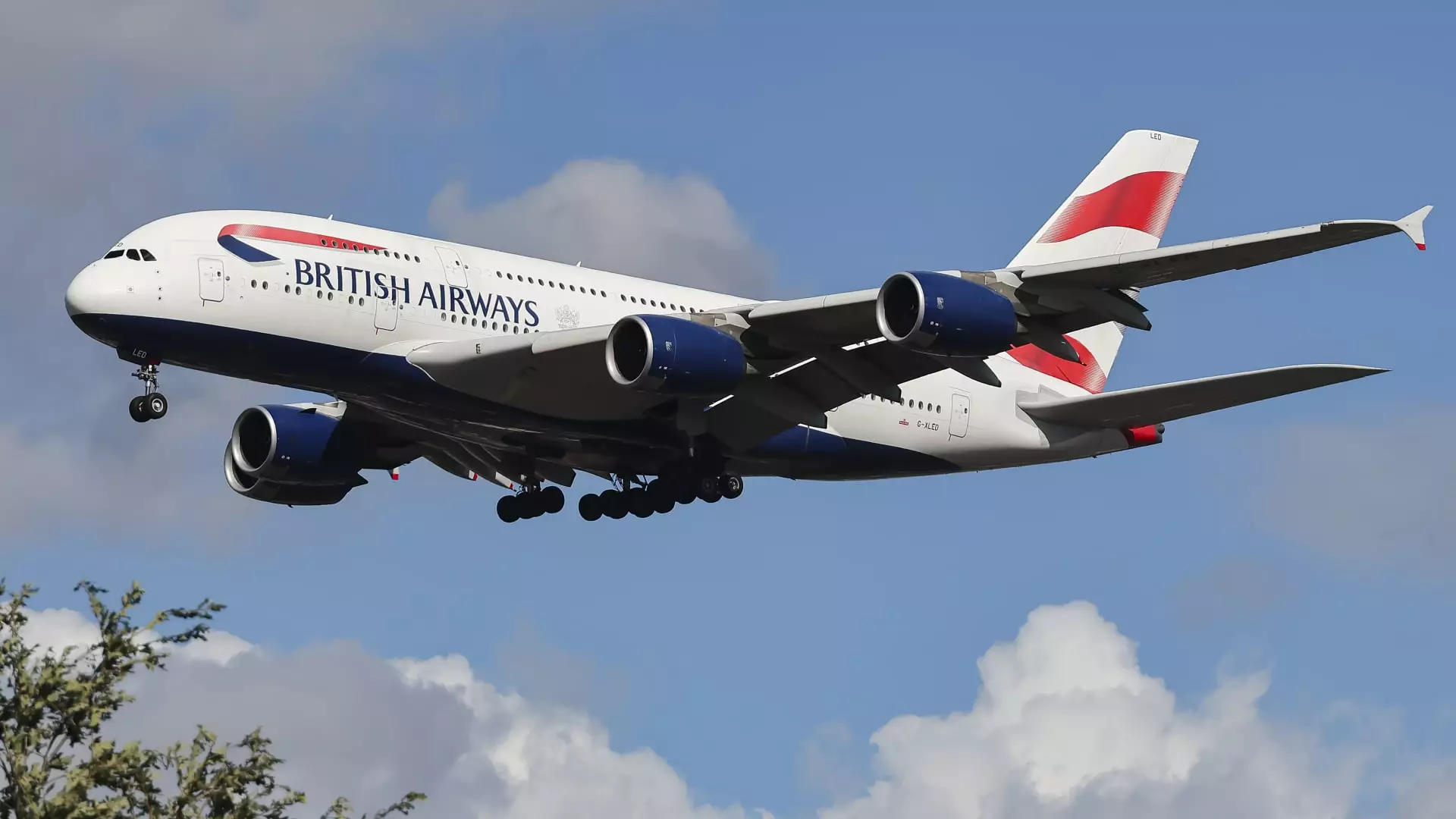In recent months, the aviation industry has witnessed significant changes, particularly regarding airline services related to China. Major global carriers are downsizing their operations, with some entirely withdrawing from the Chinese market. A complex interplay of factors, including geopolitical tensions, operational challenges, and unmet demand, has contributed to this trend. The shifts reflect a broader context that goes beyond simple market fluctuations, indicating a potential long-term transformation in the landscape of international air travel.
Several key reasons underpin the mass withdrawal from Chinese routes by international airlines. One primary factor is the closure of Russian airspace in response to geopolitical tensions, particularly following Russia’s invasion of Ukraine. This closure has forced airlines to undertake longer routes to reach Asia, consequently increasing operational costs, particularly fuel expenses. British Airways, for example, has gradually reduced the size of its aircraft servicing Chinese routes, shifting from larger Boeing 747s to smaller models such as the B787. This strategy may maintain the appearance of operational presence on route maps but reflects an underlying necessity to cut costs due to dwindling passenger demand.
Interestingly, while Western carriers reevaluate their positions in the Chinese market, Chinese airlines have found themselves in a more advantageous position. Being exempt from the flight bans affecting Western firms, these airlines are able to operate more efficiently, flying faster and cheaper between Europe and Asia. The contrast in operational realities thus serves to highlight the changing dynamics of global air travel, with Chinese carriers increasingly dominating key international routes.
Compounding operational challenges is the issue of demand. The stark contrast in travel behavior between pre-pandemic and current conditions has created a significant void. Before the pandemic in 2019, China was a major global travel hub, attracting approximately 49.1 million international visitors. As of July 2023, that number has plummeted to around 17.25 million, showcasing the dramatic decline in interest related to inbound travel. This drop has not only affected foreign carriers’ revenues but has also posed hardships for domestic airlines, which are grappling with similar disengagement within their home market.
Recent decisions by airlines like Qantas to cease flights from Sydney to Shanghai further illustrate the troubling economics of Chinese routes. The ongoing low demand has prompted carriers to redeploy aircraft to other regions, such as more lucrative routes in Southeast Asia or Australia. For U.S. airlines, although they have not been as severely impacted by the Russian airspace situation, there remains a palpable hesitance to fully commit to the Chinese market. This cautious approach reflects both a desire to maintain market presence for future recovery and a response to current demand figures, which decidedly favor alternative destinations.
Looking ahead, analysts predict a protracted period of adjustment for both international and domestic airlines operating in China. As underscored by aviation expert John Grant, the recovery trajectory for Chinese airlines will require time, particularly following substantial financial setbacks. For instance, despite only incurring a loss of US$420 million in 2022, China’s largest airline had reported losses exceeding US$4.8 billion the previous year, evidencing the severity of the challenges faced in rebuilding after years of pandemic constraints.
The evolving landscape is revealing stark contrasts wherein Chinese airlines, desperate for cash flow, are increasing their offerings to Europe. As of the upcoming winter, Chinese carriers will be responsible for 82% of all flights between China and Europe, a jump from 56% prior to the pandemic. This burgeoning capacity forecasts an aggressive push toward re-establishing pre-pandemic levels of operation, even as international airlines remain hesitant to re-enter the market fully.
In summation, the contraction of airline operations in China reflects broader global shifts influenced by geopolitical, economic, and operational challenges. As international carriers navigate this new environment, they are faced with difficult decisions regarding resource allocation and market presence. For passengers, the consequence of this transformation may lead to enhanced competitiveness within the aviation industry, along with improved options on alternate routes. However, for the moment, the emphasis will need to shift toward rebuilding trust and demand in a travel sector still marked by uncertainty.


Leave a Reply